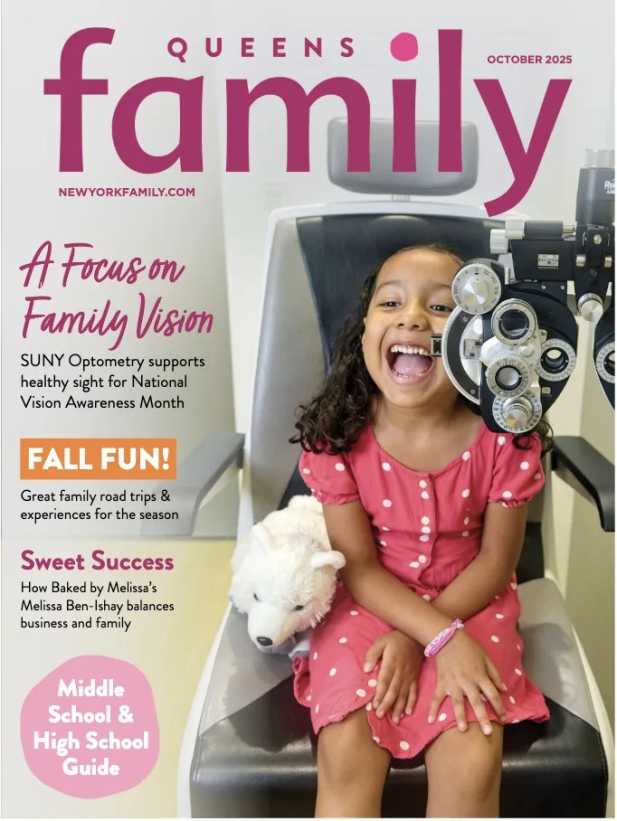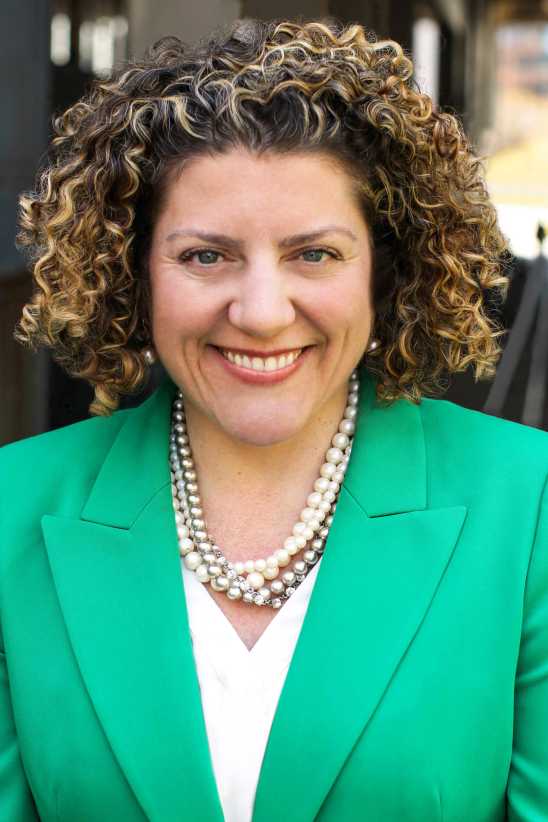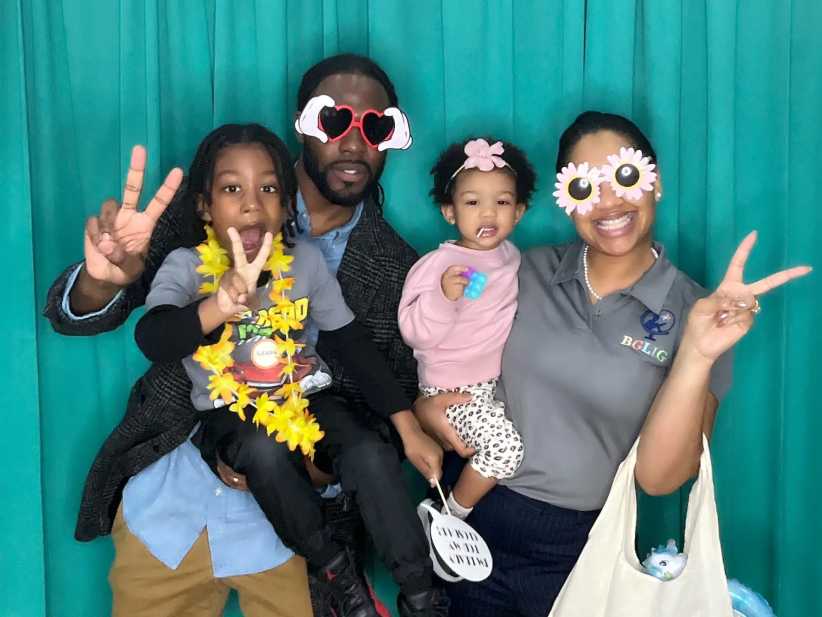Everyone should know:
• Bullying is a power issue. It’s about preying on the weak and on those who may be “different.”
• Bullying has moved out of the schoolyard and onto the Internet and mobile phones. Cyber bullying is the fastest growing method students use to bully others.
• It takes a village. Children who are bullying others need to understand that everyone is watching — parents, teachers, neighbors, church members, coaches, troop leaders, etc. — and will speak up when their behavior is inappropriate.
• Kids fall into three roles: the bully, the victim, and the witness. The witnesses who do not speak up against bullying provide an audience that encourages the bully.
• Speaking up against a specific bullying incident or pattern takes courage and can result in repercussions for the victim or witness. To keep them safe, protect the students’ anonymity.
Parents should know:
• Just as you teach a child personal hygiene, ethics, and good behavior, you need to teach him that bullying is wrong and that witnessing a bully calls for action. What action? At a minimum, tell an adult.
• There are warning signs that may indicate your child is being bullied, or may be bullying others. Become familiar with them. You can find warning signs at stopbullying.gov.
• Have regular conversations about all of those topics that are uncomfortable for both you and your child — such as bullying, drugs, sex. Acknowledge that these are difficult conversations for both of you, but that you are going to have them anyway.
• You are your child’s advocate. If you suspect or know your child is being bullied, your job includes engaging school staff and others to help support your child through this bad time. Visit the school frequently. Get to know teachers and other staff before problems occur.
• Monitor and supervise your child’s online and cellphone activities, set boundaries, and let him know you are monitoring him. It’s the best way to know that he is neither bullying nor being bullied, sexting, sharing passwords, or compromising his privacy, safety, and security.
Here are some links about how to monitor:
• How much should you monitor? At childhelp.org.
• Spying or monitoring? At about.com.
• Four things to help protect kids online at Microsoft Safety and Security Center at microsoft.com.
• Overview of monitoring cellphone use at education.com.
Kids should know:
• No one deserves to be bullied. It is harmful and can have long-lasting repercussions.
• It’s difficult to deal with bullying by yourself. Ask for help from your friends, parent, or an adult you trust or know has been assigned to deal with bullying.
• Doing nothing says you think it’s OK to bully another person. Take a stand against bullying.
• If someone gets upset with your behavior toward others, even if you think you’re just being funny, you may be bullying. Stop, reflect, and talk about it with someone you trust.
Additional links for kids:
Teachers should know:
• Early and immediate intervention to resolve conflicts will minimize bullying and support victims. Find tips at stopbullying.gov.
• Dealing with bullying is a team effort. Learn all you can about bullying through research and recommended interventions.
• There needs to be a designated leader who serves as a resource for staff and students and keeps track of incidents. Kids should know who that person is and that anonymity will be protected.
• Your attention needs to extend beyond the schoolhouse or program doors to include the school neighborhood, Internet, and texting.
For a cyberbullying toolkit for educators, visit common sense media at commonsensemedia.org.




























